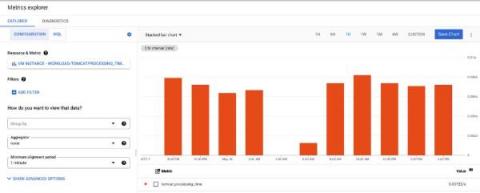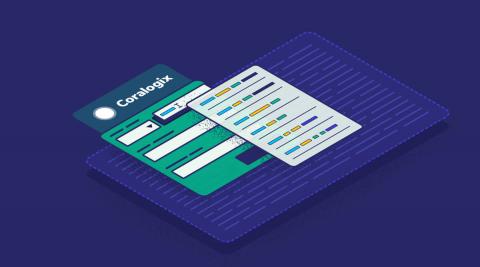Operations | Monitoring | ITSM | DevOps | Cloud
Latest News
How to Reduce Data Costs with OpenTelemetry and BindPlane OP
Key Observability Scaling Requirements for Your Next Game Launch: Part II
In Part I in our series outlining best practices for scaling observability, we reviewed the data analysis capabilities that can help engineers troubleshoot faster during high pressure situations during a game launch. Nobody wants lag time or crashes in their game launch. Similarly, no one wants terminated sessions or for your gamer customers to log off and play a competitor’s game.
Beat the holiday rush with Elastic Observability
September is here, and that means many retailers have already begun preparing for the upcoming holiday season. One weekend in particular tends to be the real-life stress test that companies have come to develop a love-hate relationship with: Cyber Weekend. Or more specifically, Black Friday, Cyber Monday, and the weekend in between.
The Leading Dynatrace Alternatives & Competitors
The Dynatrace platform is a software-driven monitoring platform that simplifies enterprise cloud complexity and accelerates the pace of digital transformation for enterprises. There are many top solutions on the market, but Dynatrace is one of the most popular for its ability to monitor both mobile apps and real users simultaneously. By offering a shared platform for understanding metrics, Dynatrace also helps developers, operations, and business teams improve performance.
Contextual Autocomplete: Why Coralogix is Focused on Developer Productivity
In the observability toolchain, all of our efforts go into data storage and analysis, and the usability of our system becomes a second-class citizen. Autocomplete is a crucial usability feature that significantly improves the developer experience. It is ubiquitous amongst engineering tools from IDEs to CLIs. Autocomplete has long been a feature of many observability tools, but they all miss a crucial detail – optimizing for developer productivity.
How to be a top online retailer in 2023? Start with a top ecommerce search engine
Search is the key to improving the customer experience–and business outcomes Retailers that weathered the global pandemic now face new challenges: emerging shopping patterns, competitive upstarts, and economic uncertainty.
Observability vs Monitoring
Observability is one of the most critical ways to improve visibility and control over complex software systems. If you've ever wondered how observability differs from monitoring, then this guide will explain some of the key differences between these two popular concepts.
Setting Up and Tuning Amazon S3 as a Cribl Stream Destination
Everybody is starting to look more at object storage to deliver on data lake initiatives, and S3, specifically Amazon S3, is the gold standard for that. In addition, we’ve heard from many of you that setting up S3 as a destination is a must when starting with Cribl Stream. So in this article we’ll walk you through the setup.
How to easily configure Grafana Loki and Promtail to receive logs from Heroku
Heroku is a cloud provider well known for its simplicity and its support out of the box for multiple programming languages. When thinking about consuming logs from applications hosted in Heroku, Grafana Loki is a great choice. But in the past, shipping logs from Heroku to any Loki instance required ad-hoc scripts to fiddle with Heroku’s logs format and send them. This can be a time-consuming experience.










